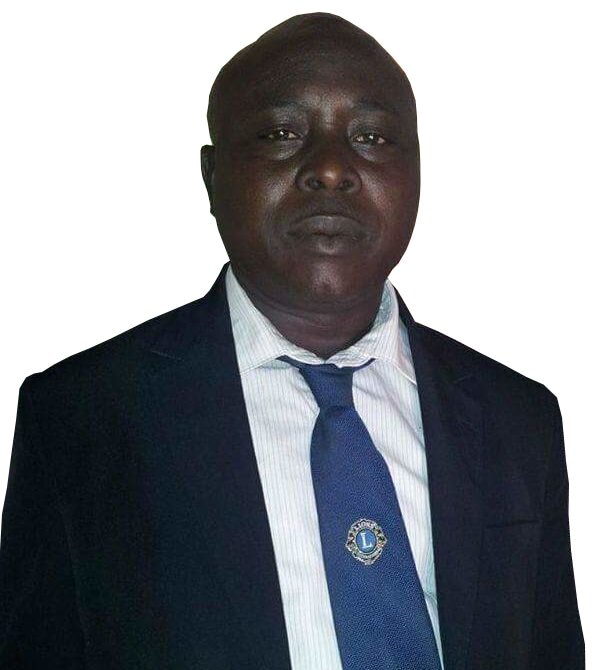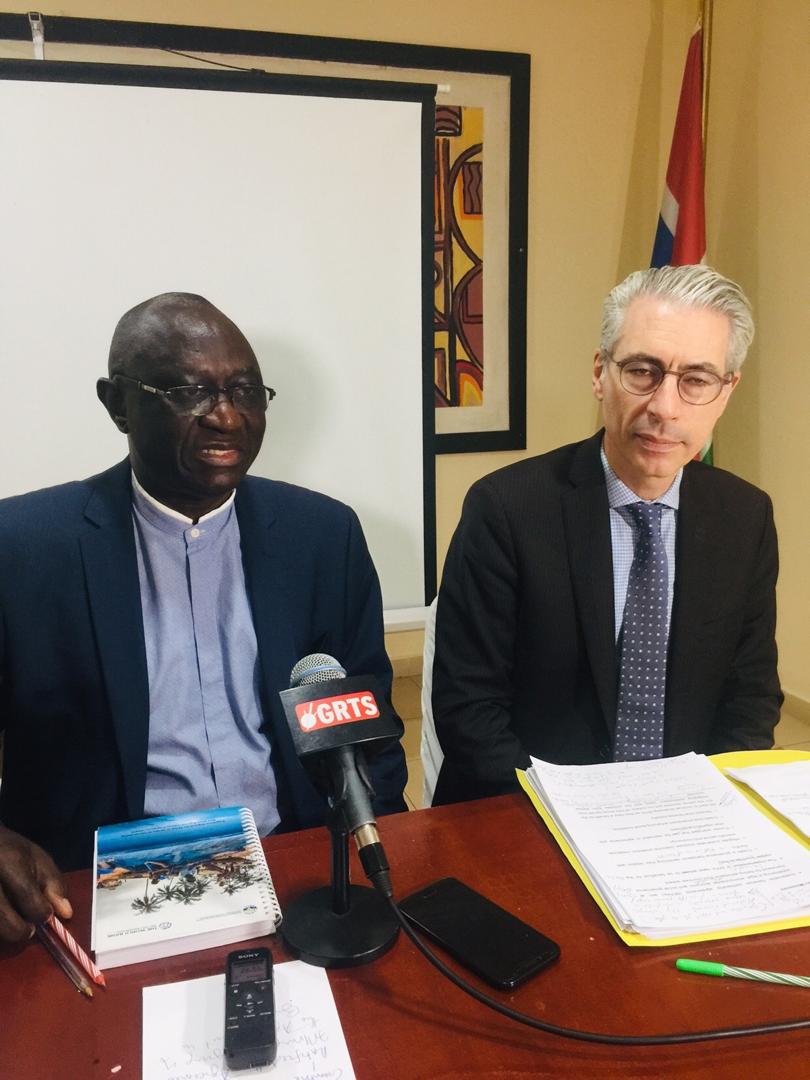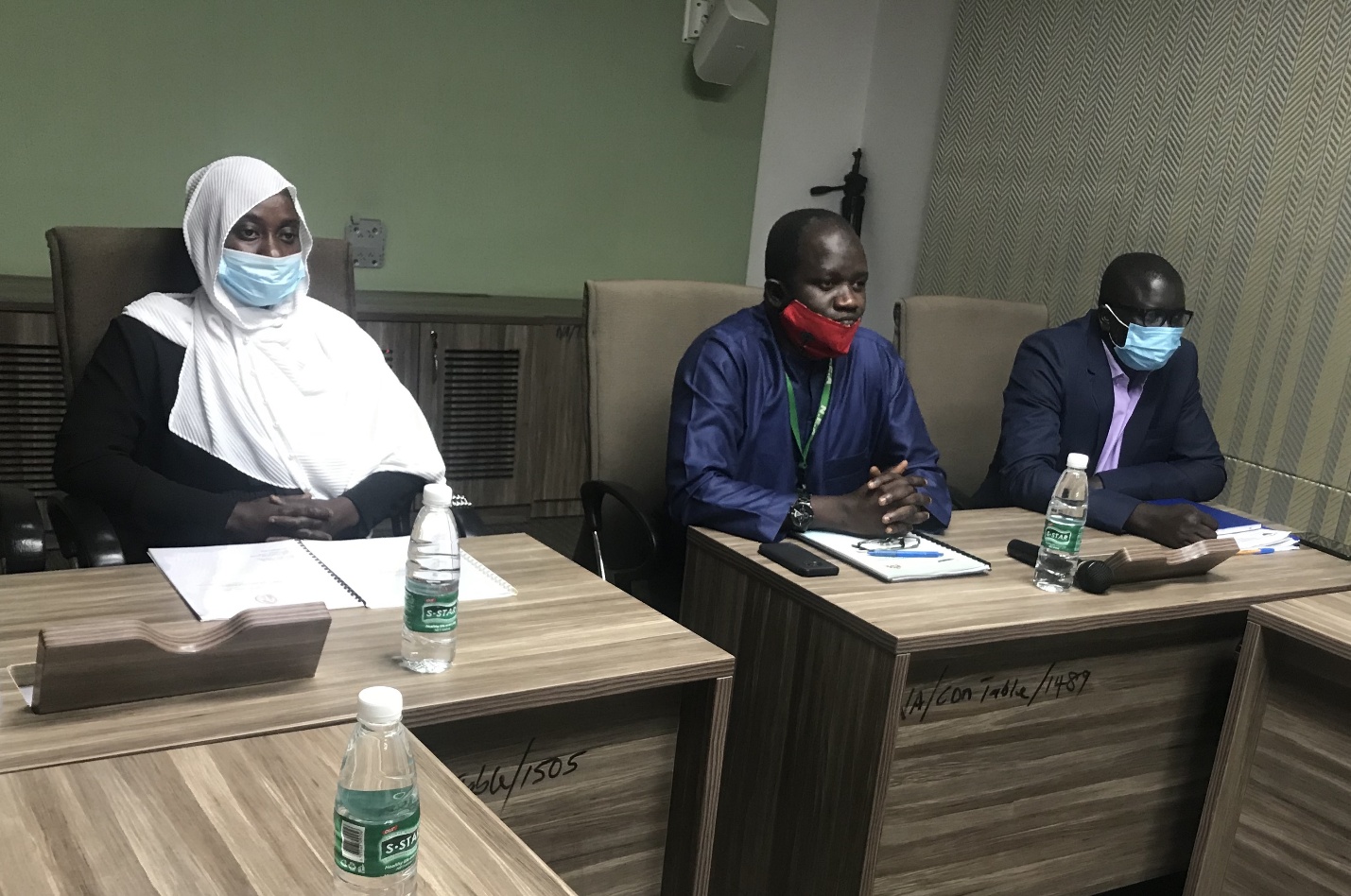By Yunus S Saliu
Solo Sandeng Foundation (SSF) in collaboration with the National Centre for Arts and Culture (NCAC) has trained scores of tour guides on transitional justice with the introduction of the Faces of Resilience Photo Exhibition.
The daylong training was held on 18th July 2023 at the National Museum premises, Banjul, and brought together a large number of selected tour guides from different heritage sites in the country.
The main objective of the training is to allow the guides to summarize the key themes and messages conveyed through the photo exhibition, remembering what happened for the purpose of never again, reiterating the importance of transitional justice in healing wounds, promoting accountability, and preventing future human rights violations. And also, explain how these photographs aim to shed light on the harsh realities faced by victims of torture and their families.
Introducing the Faces of Resilience Photo Exhibition to the tour guides, Sheriffo Jobarteh and Jainaba Sandeng said the exhibition is meant to shed light on the harrowing experiences of individuals from different walks of life who underwent torture at the hands of State officials during Gambia’s 22 years of dictatorship.
They noted that the exhibition will help raise awareness and promote a deeper understanding of the gross human rights violations that occurred during Gambia’s long-standing dictatorship. By highlighting the experiences of torture survivors, it will help to give a voice to those who have endured unimaginable suffering and ensure their stories are heard and acknowledged.
In their presentations, they identified some of the tortures which include physical, psychological, emotional, and sexualized torture.
Mr. Imran Darboe’s presentation includes the essentials of memorialization within transitional justice and the role of tour guides on exhibition sites.
He defined memorialization as public events, structures, or activities that commemorate past events and the people involved, and they are “designed to evoke specific reaction about such event and people.”
He as well highlighted the nature of memorialization which include historical, political, and aesthetic axis while types of memorials are built public memorials – statues, gravesites, memorial walls and museums, unconstructed/found memorials, and commemorative events/activities such as dates and anniversaries, Marches/protests scheduled for certain times, street theater, and memory tours/exhibitions.
Mr. Darboe pointed out that Official Memorials, unofficial memorials, permanent memorials, and temporary memorials are all methods of memorialization, while the significance of memorialization is to preserve historical memory, acknowledge/honors victims, truth-seeking/documentation, and promote healing and reconciliation.
And also, added, education and raising awareness, advocacy for justice and, accountability, shaping public discourse, empowerment for victims, and inspiration for positive change.
Among the challenges of memorialization stated are political Interference, selective memory, resource constraints, and reinforcing division.
Hassoum Ceesay, Director General of the National Centre for Arts and Culture applauded Solo Sandeng Foundation for including the culture tour guides in their program.
Taking into consideration the importance of the tour guides, he said they are the people responsible for the interpretation and narration of events at the heritage sites.
DG Ceesay added that the training is very important and the message of Never Again with Faces of Resilience Photo Exhibition from the training has become part of the narration at all the sites
Mamat Sallah, Deputy Director of Museum and Heritage thanked the participants and facilitators while assuring them further fruitful collaboration/




